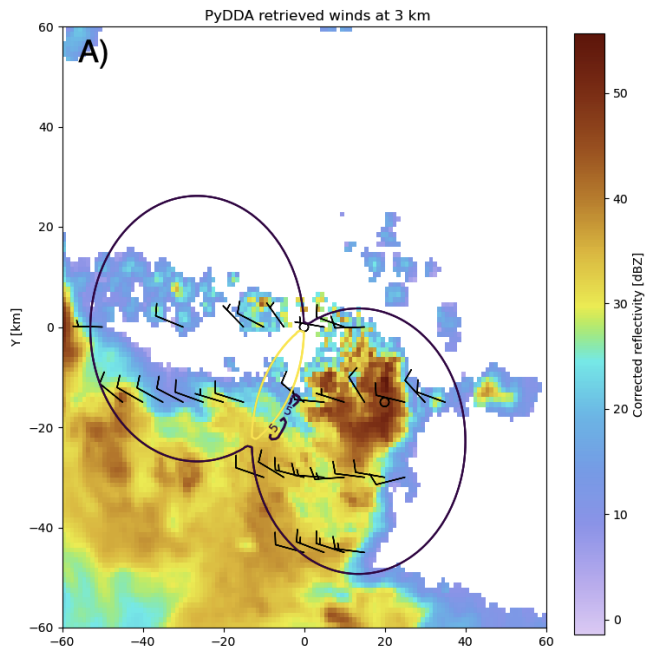The scattering transform is a mathematical model of Convolutional Neural Networks (CNNs) allowing the use of predefined wavelet filters.
The scattering transform is a mathematical model of Convolutional Neural Networks (CNNs) allowing the use of predefined wavelet filters. Motivated by classification tasks, I worked on applying the scattering transform to graph structured data during an REU at Michigan State University with several other students. The scattering transform produces a sequence of coefficients at each layer of the network which can be used to classify different classes of graph data. During the REU, I, along with my research group, helped implement the scattering transform to improve upon results from previous studies, classify different models of random graphs, and explore the use of principal component analysis applied to the scattering coefficients. For more information on this work, below is a link to a virtual poster presentation my research group and I presented at an undergraduate conference.
Check out our presentation:
Graph Scattering Transform



